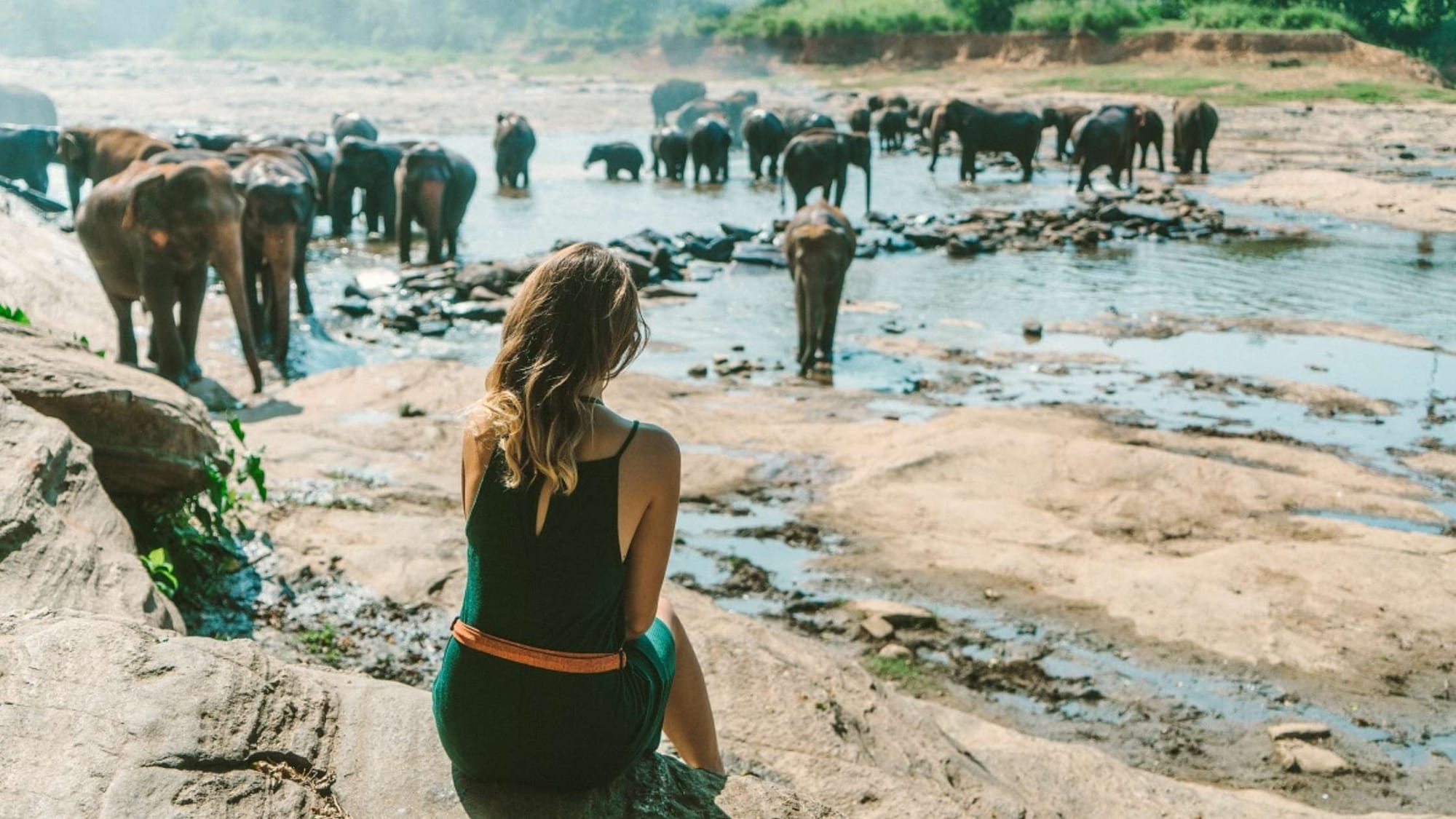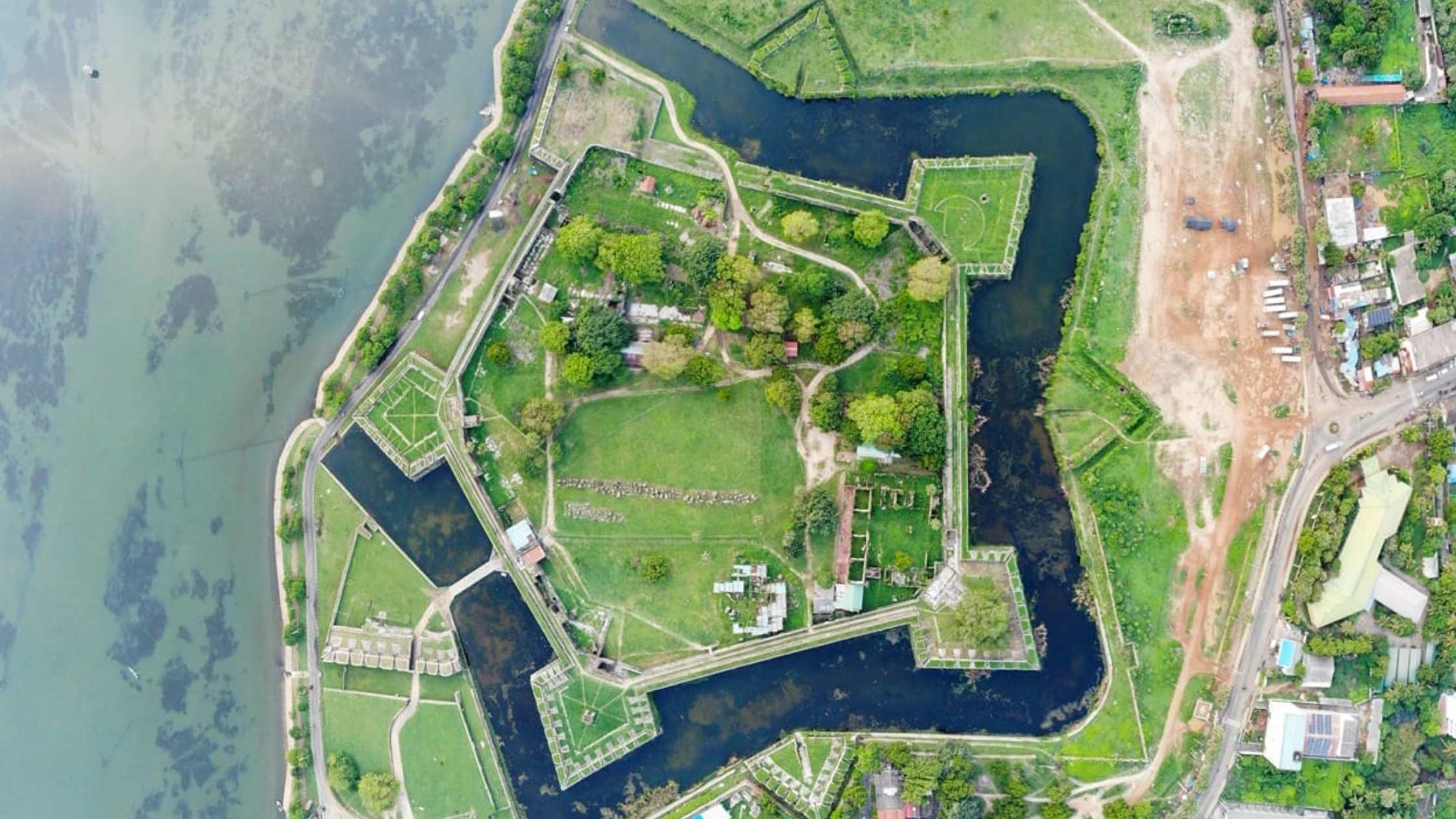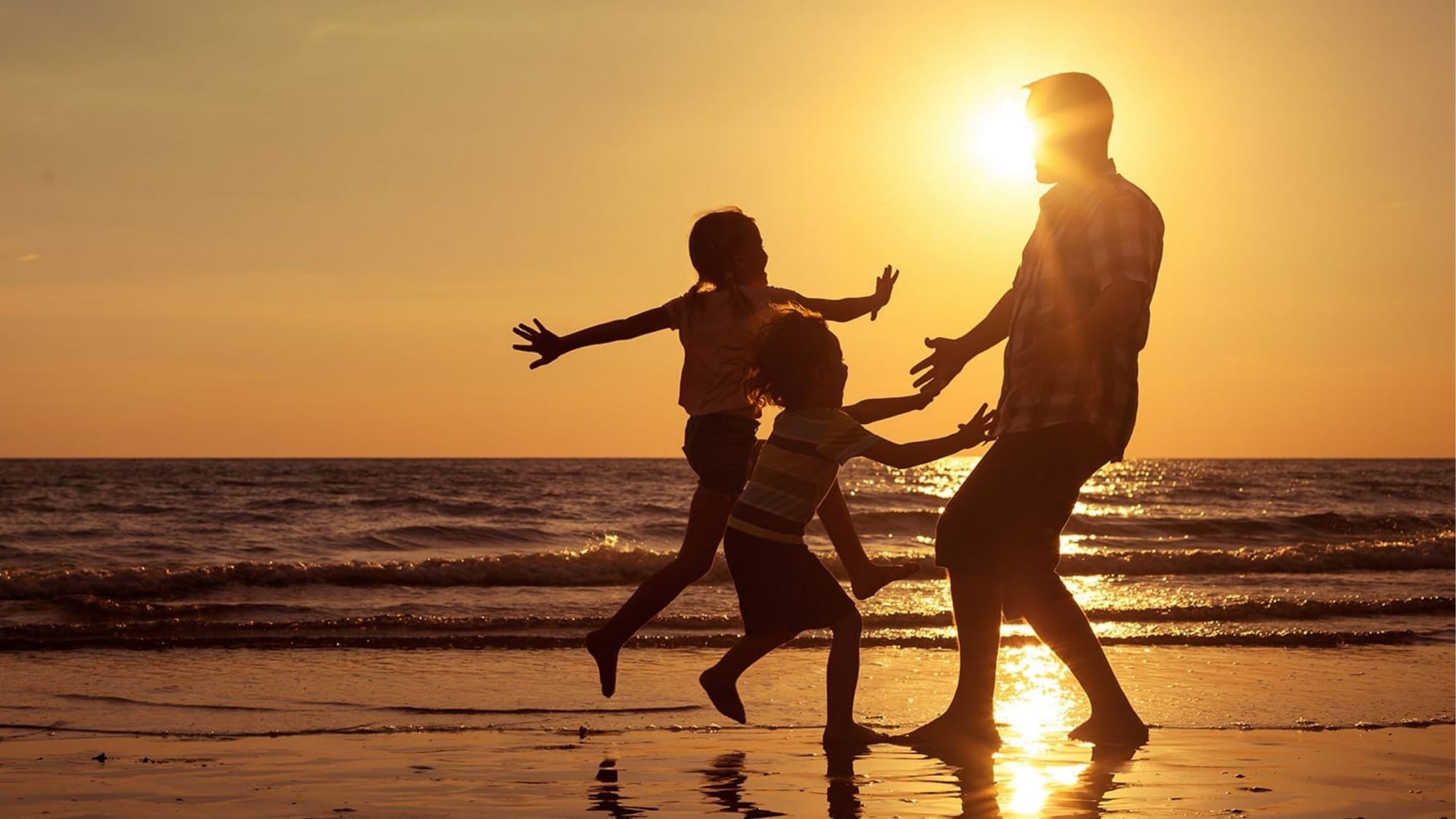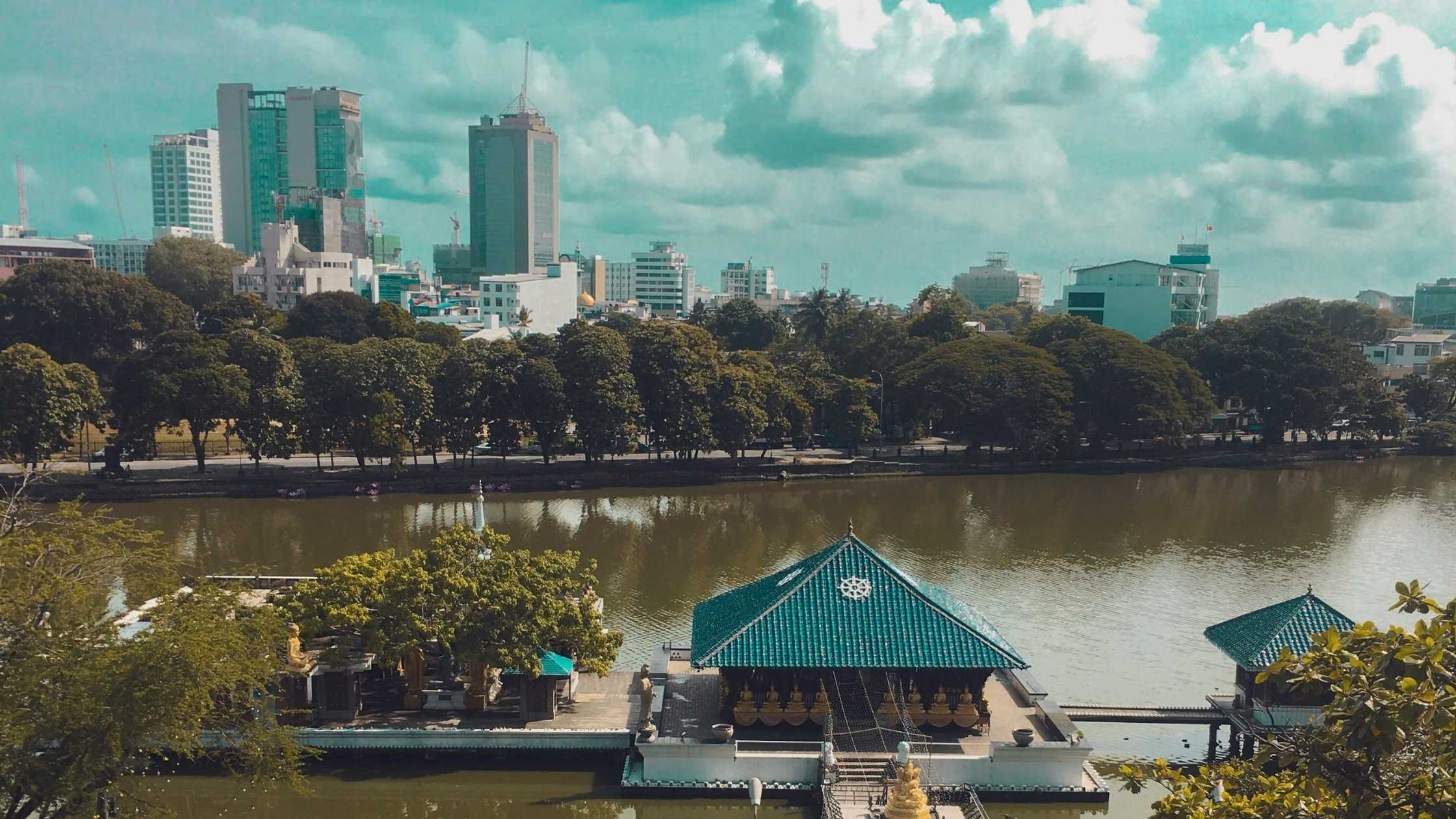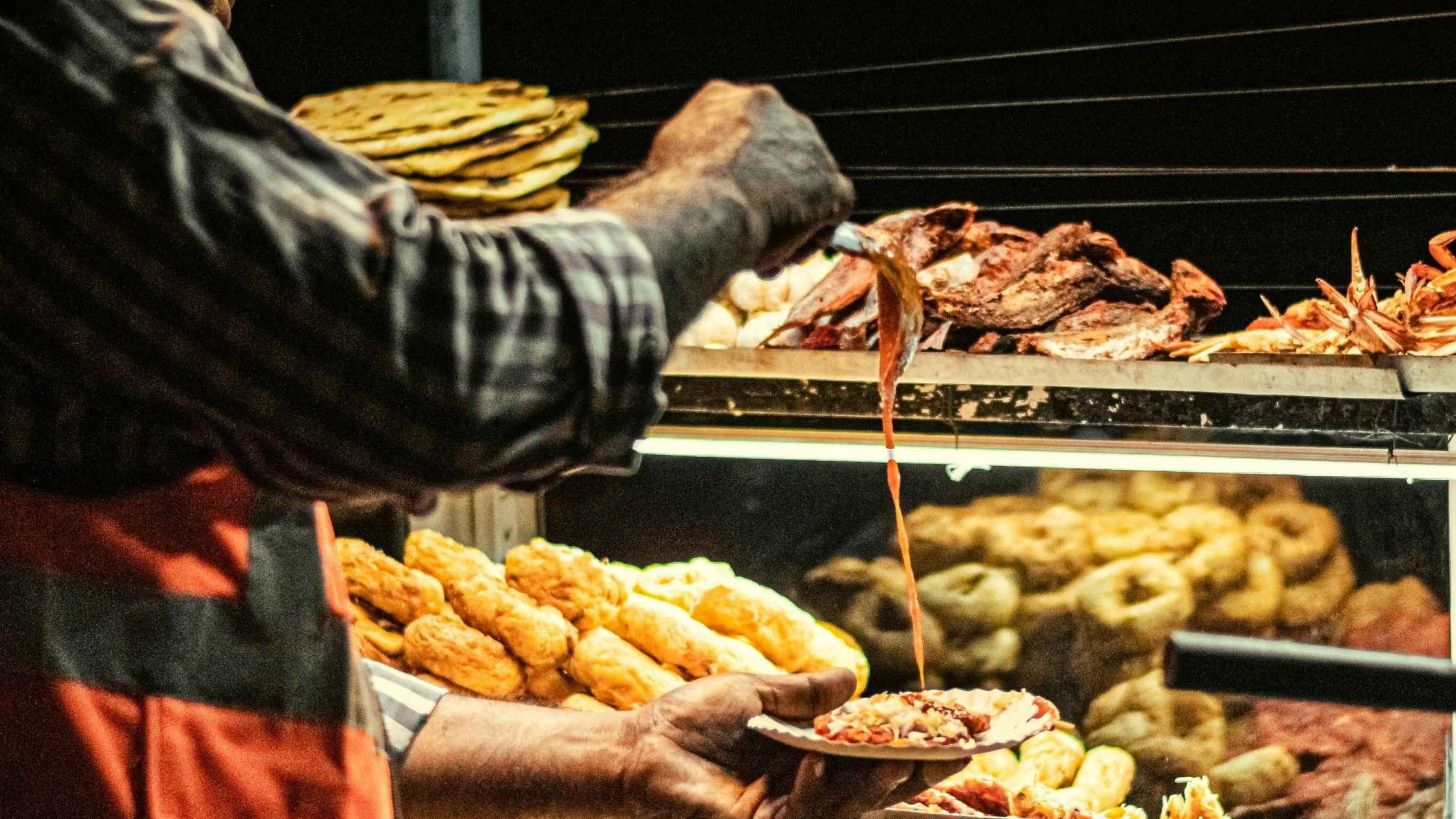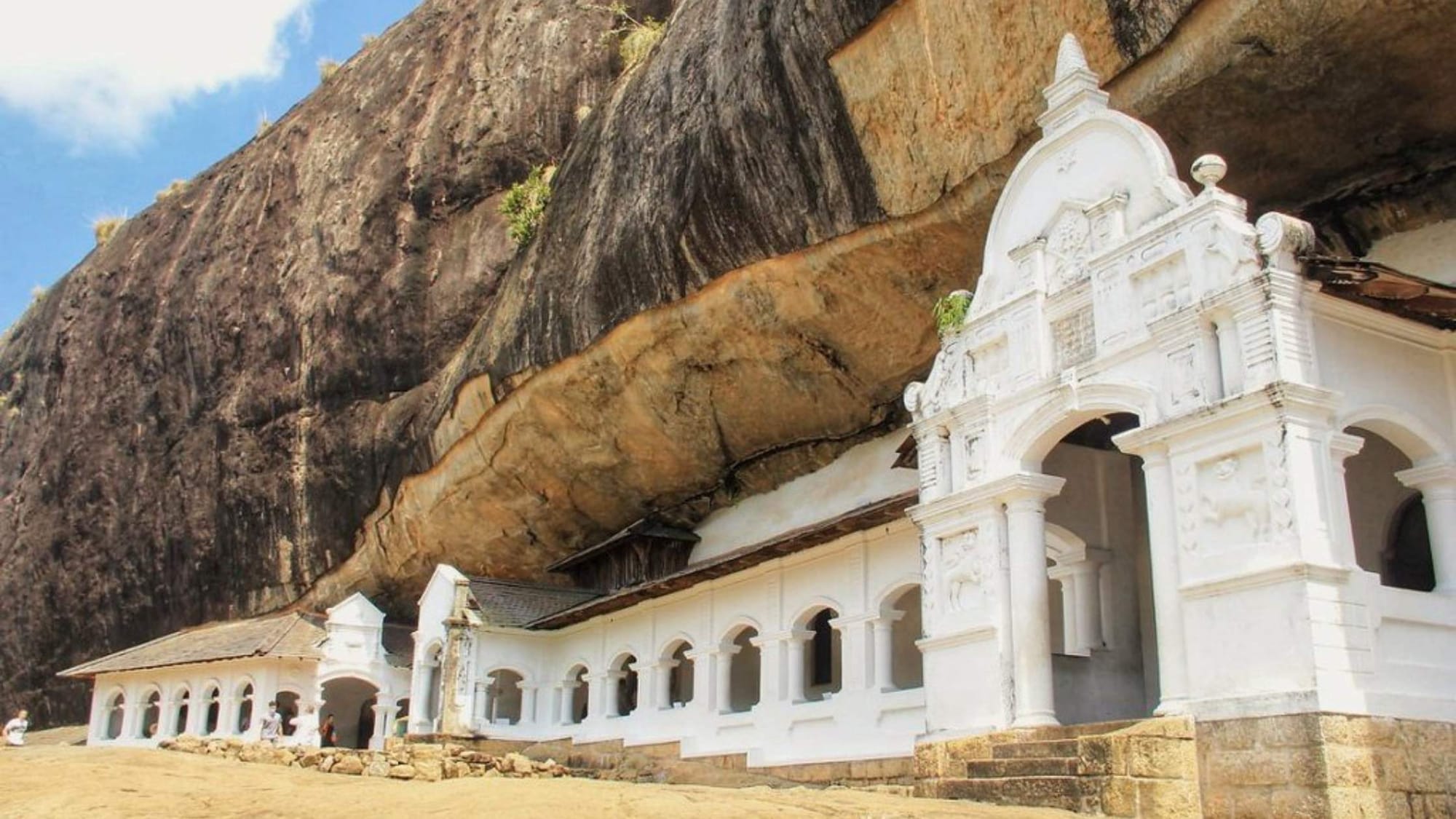Imagine this.
You're scrolling through Instagram, watching friends post photos of their European vacation. The costs are mounting. The hotel fees alone could fund a small startup.
Meanwhile, there's an island nation where your dollar is as flexible as soft taffy.
Where $25 buys a day's worth of experiences that would cost $200 in Paris.
This isn't a travel loophole or hack that's going to vanish tomorrow. This is Sri Lanka in 2025, and intelligent travelers are already making their bookings.
Here's What No One Wants to Let You In On About Travel Budgets
Most travel books lie to you.
They give you tidy little charts with "average costs" that don't match the real world. They figure you'll spend precisely $47.50 a day, every day, like some kind of robotic tourist.
Actual travel just doesn't work that way.
Some days you'll be having street food for $3. Others you'll be spending $50 on that childhood-dream safari. The beauty is in being able to make that choice.
Sri Lanka gives you that freedom.
The $25 Day That Feels Like $200
Let me paint the picture.
You awaken in a family guesthouse overlooking emerald tea plantations. You had fresh tropical fruit, coconut roti, and hill-grown Ceylon tea for breakfast, looking out at the hills you're seeing.
Cost: $15 for the night.
You board the morning train to Ella. Not just any train the most scenic railway journey in Asia, winding through mountain passes and waterfalls. Other tourists pay thousands for the same scenery in Switzerland.
Your ticket: $3.
Lunch is a curry feast at a local eatery. Six curries, rice, papadam, and vegetables that were in someone's garden that morning.
Cost: $4.
Late afternoon, you're hiking to Little Adam's Peak, watching the sun set the valley golden. The hike is free. The memory is priceless.
Total daily expense: $25. Value of experience: Priceless.
Why 2025 is Different (And Why That Matters)
Yes, prices have risen somewhat. Fuel costs rose. Tourist demand improved.
But here's what the pessimists ignore: Sri Lanka's infrastructure improved tremendously. Roads are improved. There are new hotels. Levels of service improved.
You're getting more for your money, not less.
The smart travelers recognize this. They're not going to wait for prices to drop they see value when they see it.
The Three Types of Sri Lanka Travelers
The Conscious Spender ($25-$40 per day)
You sleep in guesthouses where the owner's grandmother makes your breakfast. You eat where Sri Lankans eat. You take the same buses that students take to university.
You're not slumming it. You're living realistically.
Your accommodation is characterful, maybe a colonial house in Galle Fort or a jungle lodge near Yala. Properties with stories, not star ratings.
The Selective Splurger ($50-$90 per day)
You choose your moments.
Three nights camping in the stars in Yala National Park, and two in a Kandy boutique hotel. Street food for lunch and candlelit dinner with a view of Kandy Lake.
You do get a private driver for those winding mountain roads but, just like every other tourist, take the famous train ride.
The Experience Collector ($150+ per day)
Money is not your limit.
You sleep in heritage properties for which Geoffrey Bawa created the architecture. You eat in restaurants where the chef learned his trade in Michelin-starred kitchens. Your safari guide has been tracking leopards for three decades.
Each experience is crafted, each moment maximized.
What Your Money Actually Buys
Accommodation Reality Check
That $15 guesthouse? It's not a hostel dorm. It's a private room with a view that would cost $300 in Santorini. The owner probably speaks three languages and knows the best hiking trails.
Mid-range hotels at $50 aren't chains. They're boutique properties with infinity pools overlooking rice terraces. Places where the staff remembers your name and asks about your day.
$150 luxury resorts? These are the ones the travel mags take pictures of. Villas on the beach. Infinity pools that blend into the Indian Ocean. Indigenous herb spa treatments.
Food options: Where Cheap Equals Amazing
Street food isn't only cheap, it's a cultural immersion class.
See the hopper maker flip the bowl-shaped pancakes over charcoal.
Observe as the kottu chef crafts a melody of vegetables and diced roti on a sizzling griddle. Taste string hoppers so delicate they dissolve in your mouth.
A $4 curry lunch will familiarize you with flavors you've never known. Coconut curries. Fish caught that morning. Vegetables whose names you can't pronounce but won't forget.
$12 restaurant meals offer organic produce and generation-passed-down recipes. This is not fusion cuisine - it's the original.
Transportation: The Destination Becomes the Journey
Public buses cost pennies but provide cultural education worth thousands.
You'll be rubbing shoulders with schoolchildren, Buddhist monks, and farmers heading to market. The bus driver negotiates mountain curves like a Formula One driver while playing Bollywood music at decibels that would be outlawed in most countries.
It's chaos. It's breathtaking. It's real.
The trains are another wonder. The Kandy to Ella route is one of the world's most scenic railway trips. Waterfalls cascade past your window. Tea pickers wave from slopes. Every turn brings another postcard panorama.
Your $7 ticket price includes a front-row seat to heaven.
Private drivers at $60 per day offer more than transportation; they're cultural ambassadors. They know which beaches aren't in guidebooks.
Which temples are peaceful at sunrise. Where to find the best hoppers in Colombo.
The Attractions That Make It All Worthwhile
Sigiriya Rock Fortress is $30.
You'll climb 1,200 steps to reach ancient frescoes painted on sheer rock walls. At the summit, ruins of a 5th-century palace offer 360-degree views above jungle treetops.
This isn't just a tourist attraction, it's time travel.
Yala National Park safaris are $45.
You might spot leopards lounging on tree branches. Elephants splashing in waterholes. Peacocks fanning feathers like living rainbows.
Crocodiles sunning on riverbanks.
It's National Geographic, live and unscripted.
The Temple of the Tooth in Kandy is $7.
Inside, Buddhist pilgrims believe they safeguard an actual tooth of the Buddha. Golden lotus flowers float in moats. Drummers lead evening ceremonies whose echoes resonate through ancient halls.
Worth every rupee.
When Smart Travelers Visit
December to April: High Season
Perfect weather comes with a price tag. Book early or suffer the consequences.
But you'll understand why it's so popular now: clear skies, calm seas, and perfect hiking weather.
May and November: The Sweet Spot
Shoulder seasons offer the best value. The weather is still good. Crowds thin out. Prices drop 20-30%. Smart travelers know this secret.
June to September: The Gamble
Lowest prices come during monsoon rains. Some areas flood. Others are dry.
Thrill-seekers love the drama. Budget travelers love the savings.
Money-Saving Tips for the Seasoned
Stay Longer, Pay Less
Week-long stays usually include free airport transfers and meal discounts. Monthly stays can cut accommodation costs by 40%.
Eat Like a Local
Rice and curry meals are $2 and have more variety than most buffets. Fresh fruit is complimentary. King coconut water is nature's sports drink for 50 cents.
Book Trains in Advance
Scenic routes sell out. Advance booking is the same price but guarantees your seat on the world's most scenic train rides.
Use Technology
The PickMe app removes tuk-tuk price haggling. Local ride-sharing is affordable and haggling-free.
Choose Location Wisely
Stay 15 minutes outside tourist centers. Prices drop exponentially.
The experience still feels authentic.
The Question Everyone Asks
"Is Sri Lanka really worth it?"
Think about this: Where else can you climb an ancient rock fortress in the morning, travel on one of the world's most scenic train rides in the afternoon, and watch sunset from a 2,000-year-old temple all for less than what you'd spend on dinner in Manhattan?
Sri Lanka doesn't just offer great value.
It offers life-changing experiences at impossibly low prices.
Your Next Move
Smart travelers are booking now. They understand that destinations like this don't stay under the radar forever.
They understand that in five years' time, these prices will be the stuff of dreams.
They understand that some things can't be quantified in daily budget calculations.
Sri Lanka in 2025 isn't just a good deal, it's life-altering.
The question isn't can you afford to go.
It's something you can afford not to do.


